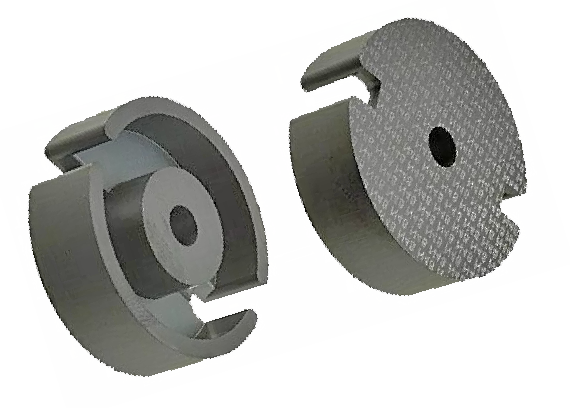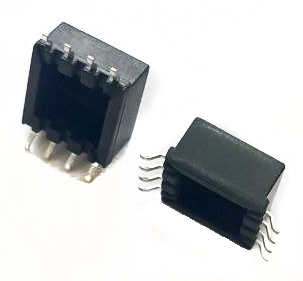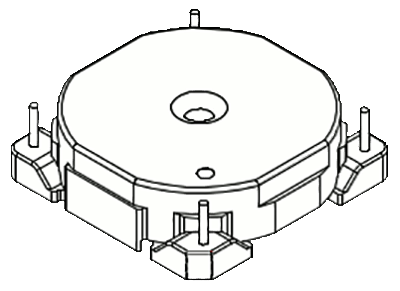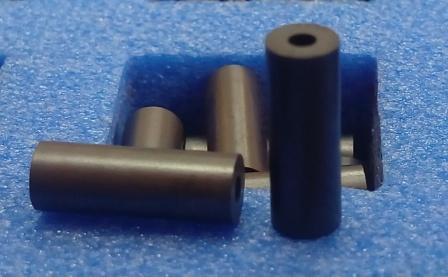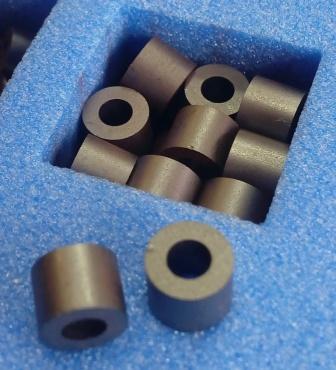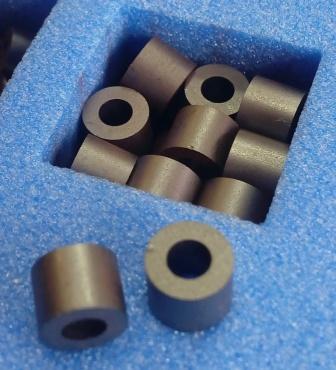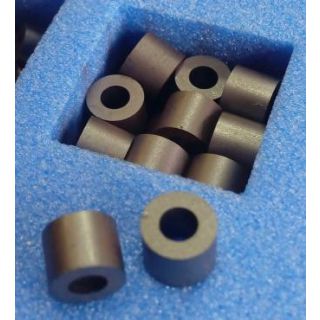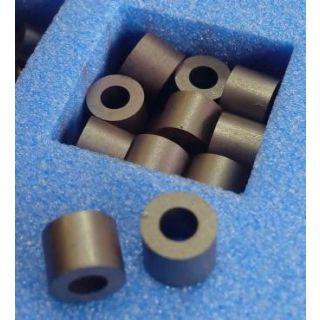
"Flexield" Noise Suppression Sheet IFL Series
What is the "Flexield" noise suppression sheet?
As electronic devices like smartphones and tablets become more compact, thinner, and more multifunctional, circuit boards are increasingly populated with a high density of electronic components. This makes suppressing noise generated by ICs and cables more critical. Since it is challenging to predict noise emission during the design phase, many cases now require noise suppression measures to be implemented during the manufacturing process.
TDK's noise suppression sheet, "Flexield," is a magnetic shielding material created by combining finely powdered soft magnetic metal (in flat powder form) with plastic and shaping it into a flexible sheet. Flexield is highly effective in reducing noise when applied directly to noise-emitting sources or to areas susceptible to noise. It is easy to cut and punch into various shapes, and its flexibility allows it to be applied to curved surfaces or flexible cables (FPC/FFC) (Figure 1).

Figure 1: Example of the punching process of Flexield and examples of its uses
Structure of Flexield
As illustrated in Figure 2, TDK’s Flexield is composed of several layers: a surface film, a magnetic sheet made from soft magnetic metal powder mixed with plastic, double-sided tape, and a release liner. Flexield is available in both roll and sheet forms, with various thicknesses ranging from 0.025 mm to 0.2 mm in the IFL series. Depending on the application, double-sided tape can also be selected for added convenience. Additionally, a new hybrid product has been introduced to the lineup, featuring a metal layer that offers significantly enhanced noise suppression.

Figure 2 Structure of Flexield and forms of the product
Key features and uses of Flexield
Main Features:
- Made from soft magnetic metals with high permeability, it is highly effective at suppressing noise emissions.
- Its thin design allows for installation in even the smallest gaps.
- Being a flexible sheet, it resists breakage upon impact.
- It can be easily processed into various shapes, making it adaptable to different sizes and forms.
- Available in roll form, making it cost-efficient and suitable for mass production.
Main Applications:
- Applying it to an IC package can suppress noise emissions from the IC.
- When connecting two circuit boards or a board and a component with a cable, noise can be reduced by attaching Flexield to the cable's surface.
- Placing it between circuit boards helps minimize the noise transmission from one board to the other.
- Applying it to the housing prevents noise emissions from leaking out of the device.
Principle of Flexield
Flexield suppresses noise emissions by absorbing the energy of the noise and converting it into heat. This principle is explained below.
The permeability (μ) of the soft magnetic metal mixed with the plastic plays a crucial role in determining Flexield’s noise suppression characteristics. Permeability refers to the increase in magnetic flux density (B) when a magnetic field (H) is applied to a magnetic material. Essentially, it measures how easily magnetic flux can pass through a material (or how easily it can be magnetized), and is expressed by the following equation:
μ = B/H
A soft magnetic material is characterized by high permeability and low coercivity, meaning it easily reverses its magnetization when exposed to an alternating current (AC) magnetic field, making it useful in applications like transformer cores. However, at high AC frequencies, the change in magnetic flux density (B) lags behind the change in the magnetic field (H), causing a phase lag. This phase lag, denoted as δ, leads to the following complex expression for the permeability of the material under alternating current:
μ = μ' - jμ'' = |μ|cosδ - j|μ|sinδ
Here, μ' is the real part of complex permeability, while μ'' is the imaginary part. If δ=0, the permeability represents a direct current; however, as the frequency increases with alternating current, δ increases, causing the permeability to decrease. The real part (μ'), imaginary part (μ''), and phase lag (δ) of complex permeability are related by the equation:
μ''/μ' = tanδ
This ratio, tanδ, is known as the loss factor. In transformer cores, a smaller tanδ value indicates less energy loss, meaning the material is more efficient. However, Flexield intentionally uses this loss factor to suppress noise. Figure 3 shows a schematic graph of the general relationship between permeability and frequency when an AC magnetic field is applied. At low frequencies, the real part μ' of complex permeability dominates. As frequency increases, the change in magnetic flux density can no longer keep up with the changes in the magnetic field. This eventually leads to magnetic resonance (such as domain wall resonance or rotational magnetization resonance), resulting in a sharp decline in the real part μ' and a corresponding rise in the imaginary part μ''.

Permeability-Frequency Characteristics of the IFL Series
In contrast, TDK offers a different type of Flexield magnetic sheet designed for RFID systems, which requires a large real part μ' and a small imaginary part μ'' for optimal performance at the 13.56 MHz frequency. This illustrates that the required characteristics vary based on specific applications. Figure 5 presents the permeability-frequency characteristics of the IFL series Flexield for noise suppression.

Different Products in the IFL Series and Magnetic Sheet Thickness
TDK's Flexield offers the benefits of being both thin and highly permeable. The IFL16 model, which has been mass-produced since 2015, features a high permeability of μ=220 at 1 MHz, representing the highest level in the industry. Additionally, the thickness has been reduced by 20% compared to the previous IFL12 model while maintaining the same performance. The IFL series includes a diverse range of products with magnetic sheet thicknesses varying from 0.025 mm (25 μm) to 0.2 mm (200 μm) (Figure 5).

Figure 5: Various products in the IFL series Flexield and magnetic sheet thickness.
Manufacturing Process of Flexield
There are two methods for manufacturing noise suppression sheets. The first is the dry method, which involves mixing soft magnetic metal powder (flat powder) with plastic as the raw material and pressing it using a calender roll to create sheets. The second is the wet method, where a solution made by mixing soft magnetic metal powder with plastic and a solvent is applied to a film. TDK's IFL series Flexield utilizes the wet method, which leverages coating technologies developed for magnetic tape, optical disks, and other electronic components.
The wet coating method is particularly well-suited for producing thinner magnetic sheets; however, it requires advanced technology to uniformly disperse fine soft magnetic metal powder in plastic and to coat the solution evenly across the sheet's surface. Figure 6 illustrates a schematic diagram of the cross-sectional structure of a magnetic sheet. Each grain of soft magnetic metal powder is encased in plastic to maintain insulation and is arranged in alignment with the magnetic field orientation to form a layer on the sheet's surface.
The thickness of the soft magnetic metal powder also influences the characteristics of the magnetic sheet. In a conductor carrying alternating current, as the frequency increases, the current tends to concentrate on the surface, a phenomenon known as the skin effect. The depth at which the current penetrates is referred to as skin depth. As previously mentioned, the imaginary part μ'' of complex permeability indicates the noise absorption effectiveness of the magnetic sheet. If the thickness of the soft magnetic metal layer in the magnetic sheet is less than the skin depth, the value of the imaginary part μ'' increases. Therefore, by controlling the thickness and arrangement of the soft magnetic metal layer, a magnetic sheet can be tailored to achieve the desired permeability-frequency characteristics. TDK's IFL series Flexield offers thin noise suppression sheets with high permeability by utilizing TDK's proprietary soft magnetic metal material, which optimally controls both the real part μ' and the imaginary part μ'', along with a process that ensures excellent dispersion and orientation.

Figure 6: Schematic Diagram of the Cross-Sectional Structure of a Magnetic Sheet.
New Product: "IFL Series Hybrid Type with a Metal Layer"
TDK has introduced a new product, the "Hybrid Type (Magnetic Layer + Conductive Layer)" with a metal layer, which began mass production in 2016. This hybrid type represents an innovative approach to noise suppression, replacing the surface film component found in previous models with a metal layer.
In traditional noise suppression sheets, while the magnetic sheet effectively absorbs some emitted noise, any noise that is not fully absorbed can still pass through and escape. The newly developed IFL series hybrid type addresses this issue. As illustrated in Figure 7, noise that is not absorbed by the magnetic sheet is blocked by the metal layer, and any noise reflected by this layer is reabsorbed by the magnetic sheet. This dual-path absorption—occurring on both the outgoing and returning paths—leads to a significant reduction in overall noise energy. This feature is particularly beneficial in smartphones, which integrate numerous electronic components, as it minimizes noise emissions within the housing and mitigates the issue known as "self-poisoning."
Figure 8 demonstrates the effectiveness of the IFL series hybrid type through a near-electromagnetic field analysis using DDR memory as the equipment under test (EUT). In this analysis, areas with high noise levels are highlighted in red, while areas with low noise levels are shown in blue. The existing products exhibit noticeable noise leakage, whereas the IFL series effectively suppresses nearly all noise, clearly showcasing the noise shielding capabilities of the metal layer.

Figure 7: Role of the Metal Layer in the IFL Series Hybrid Type.

Figure 8: Effectiveness of Noise Suppression in the IFL Series Hybrid Type.

